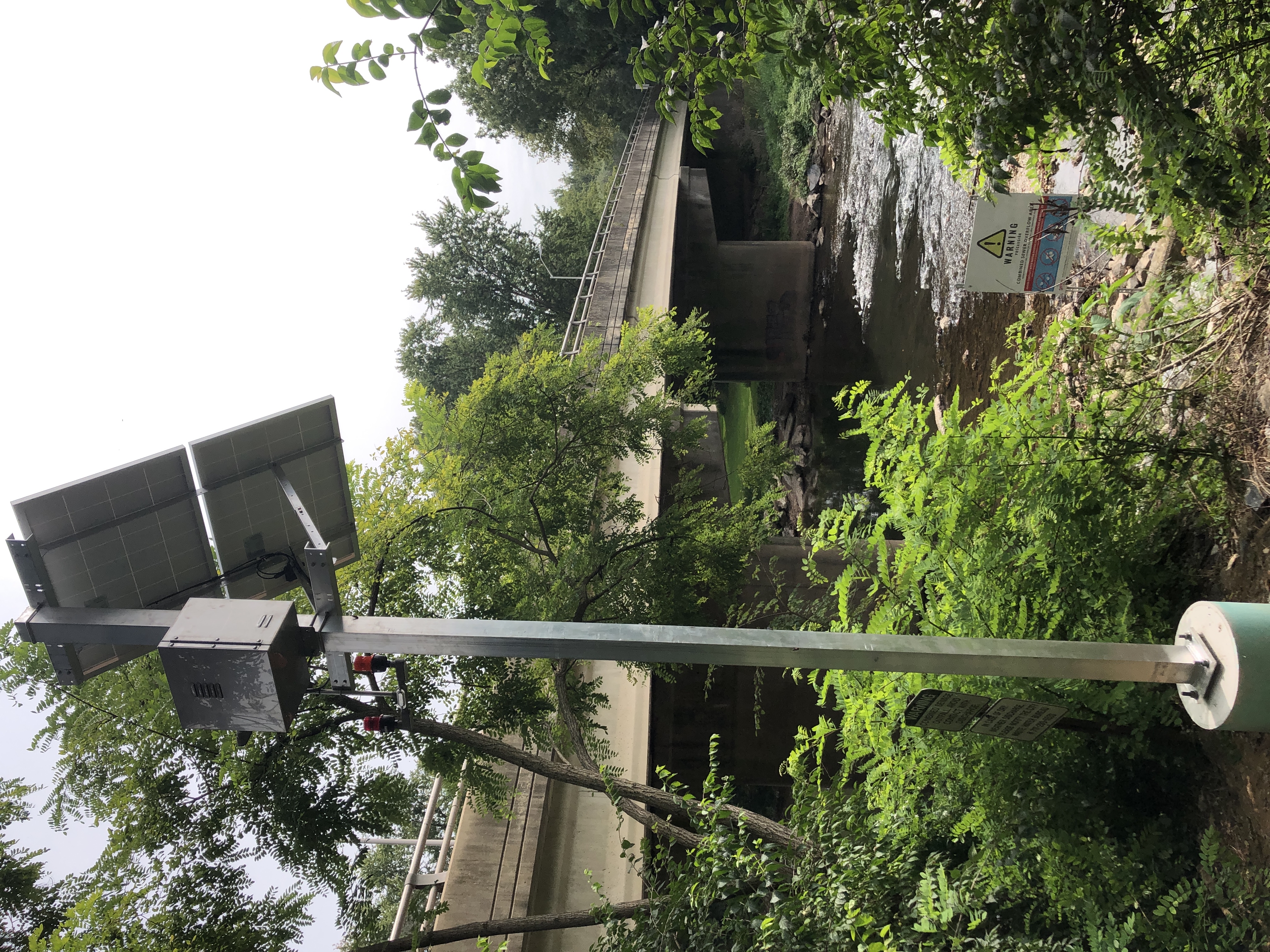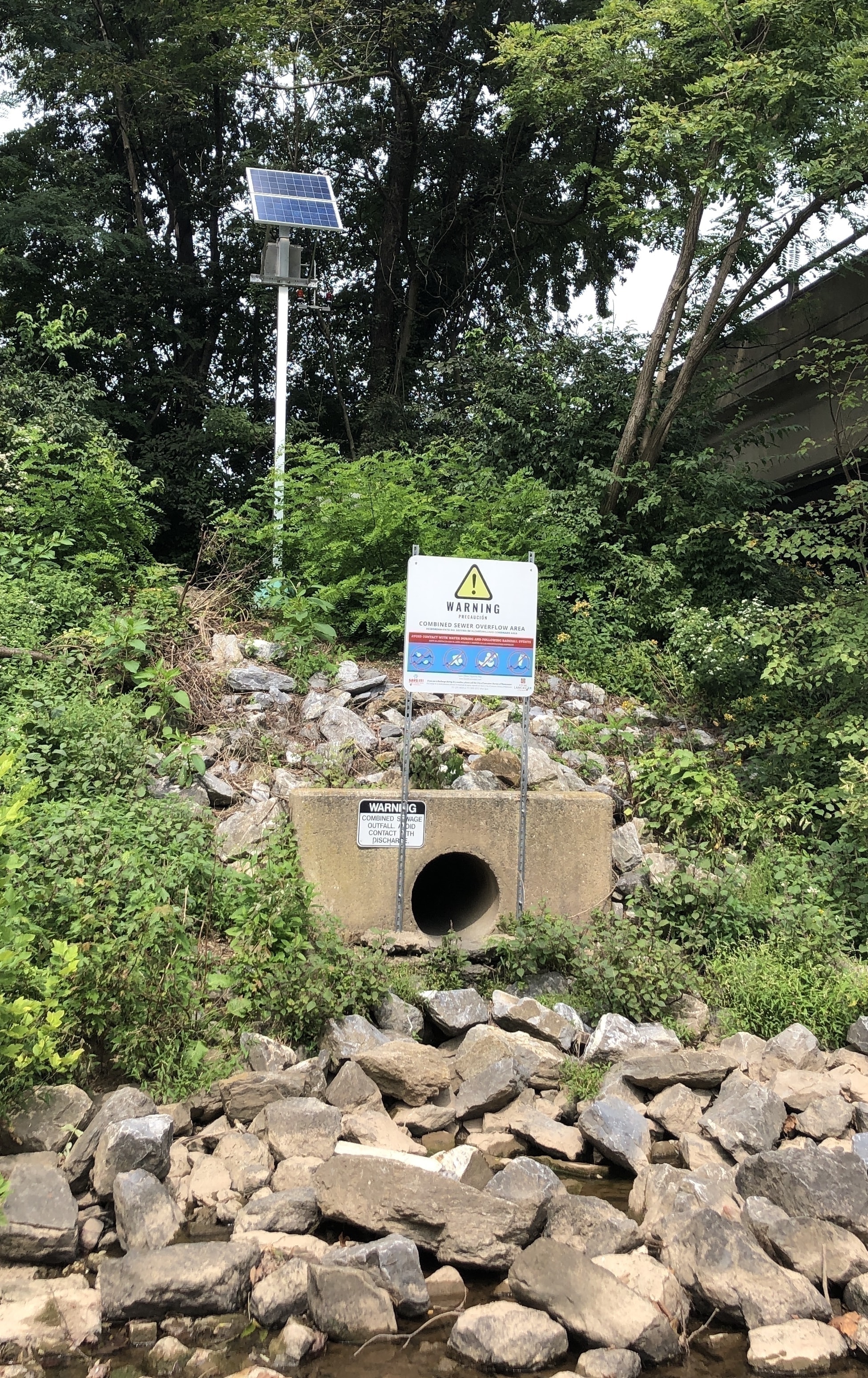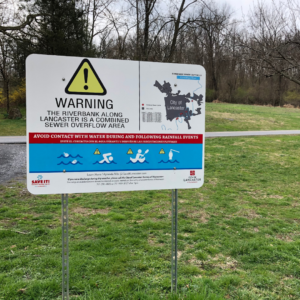Combined Sewer Overflow Control Plan
WHAT CAN YOU DO TO HELP?
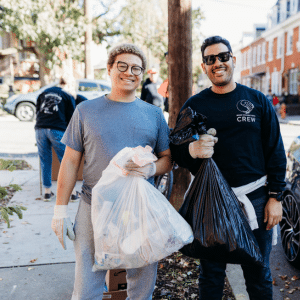
Clean up your block
Pick up litter or better yet, organize a neighborhood cleanup. Trash off our streets means less trash in our sewer system and river.
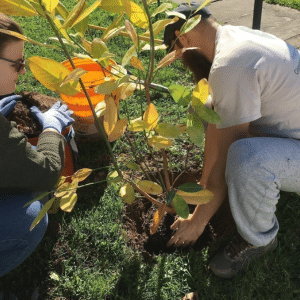
Plant a tree or install a rain garden
Increasing green infrastructure helps avoid combined sewer overflows by reducing the amount of stormwater that enters the combined sewer system.
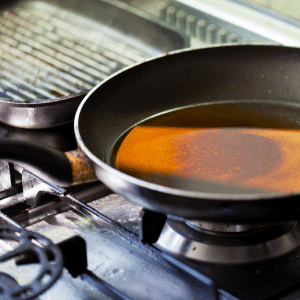
Don’t put F.O.G. down your sink
Don’t put fats, oils or grease down your sink. This can cause sewage backups in your home. Put kitchen fats, oils, grease in a container with a lid and place it in your trash. Learn more here.

